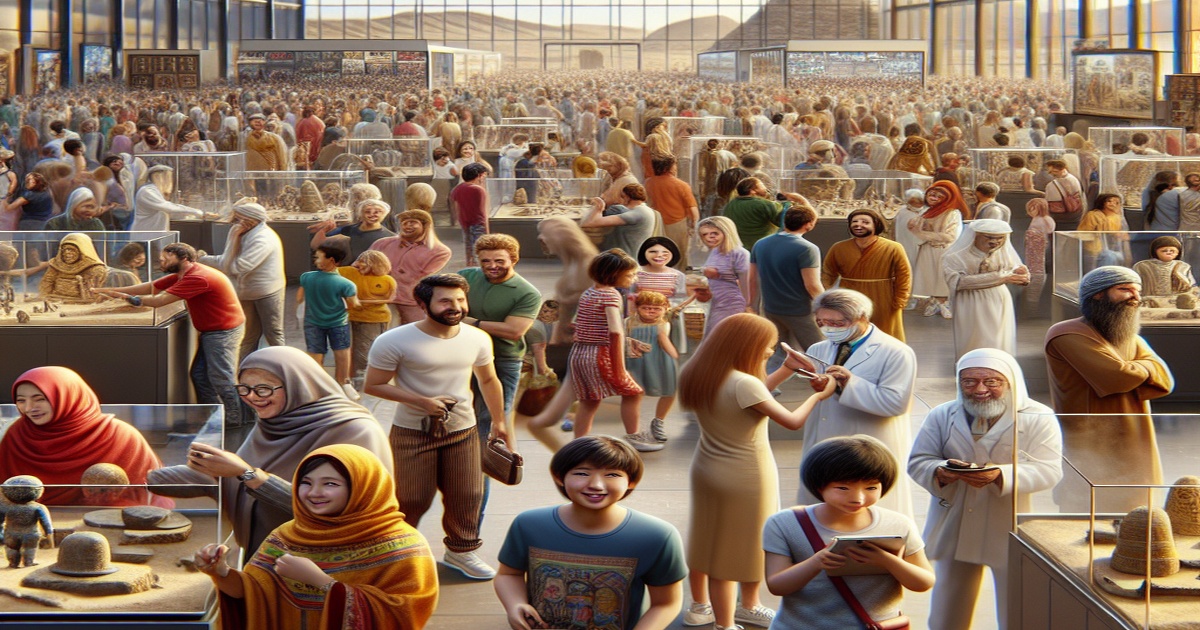During the recent Spring Festival holiday, which took place from January 28th to February 4th, venues related to archaeology and cultural relics experienced a surge in popularity. Museums, archaeological ruins parks, and cultural and creative markets all saw a significant increase in visitors.
According to the National Cultural Heritage Administration, museums nationwide received a total of 72.65 million visits between January 29th and February 4th, averaging over 10 million visits per day. This represents a 12.84% increase compared to the previous year. Additionally, the 55 national archaeological ruins parks welcomed 5.17 million visitors.
Several provinces, including Shaanxi, Sichuan, Jiangsu, Zhejiang, and Guangdong, recorded over 5 million museum visits each during the holiday period.
Government bodies have actively worked to meet the public's cultural and spiritual needs by encouraging museums, memorial halls, and archaeological ruins parks across the country to utilize their collections effectively. This includes integrating resources from various institutions, enhancing management capabilities, strengthening service provision, and launching diverse themed exhibitions and activities.







7 Comments
Rotfront
“I worry that this ‘visitor craze’ means people are more interested in selfie spots than engaging with true historical significance.”
Matzomaster
“The report leaves out details about accessibility issues for those with disabilities – an important aspect of cultural inclusivity.”
Karamba
“The statistics are impressive and demonstrate how art and history can draw people together, even during holidays.”
Rotfront
“While museums got more visitors, did anyone check if the safety measures and maintenance standards were kept up with this influx?”
Matzomaster
“The diverse themed exhibitions and activities sound exciting – they’re sure to make history fun and engaging.”
Loubianka
“It’s inspiring to see so many people taking an interest in archaeology and cultural relics during the Spring Festival!”
Pupsik
“This initiative provides a solid roadmap for other regions to follow, proving that cultural investment works.”